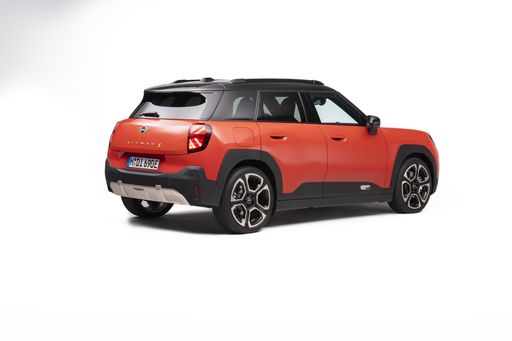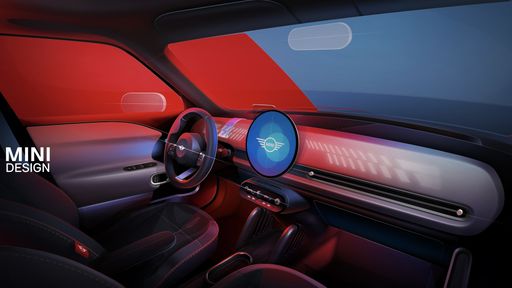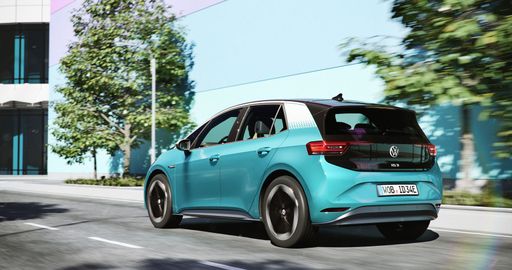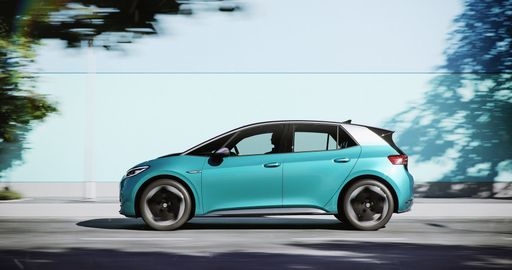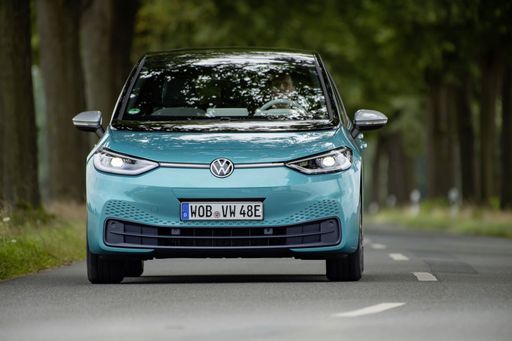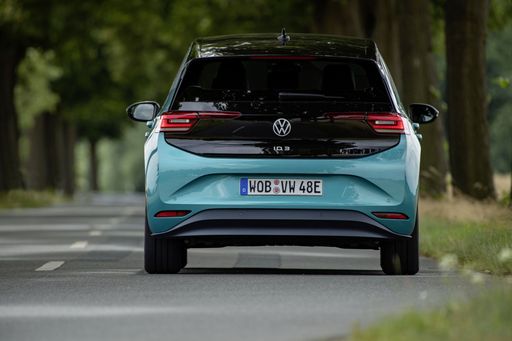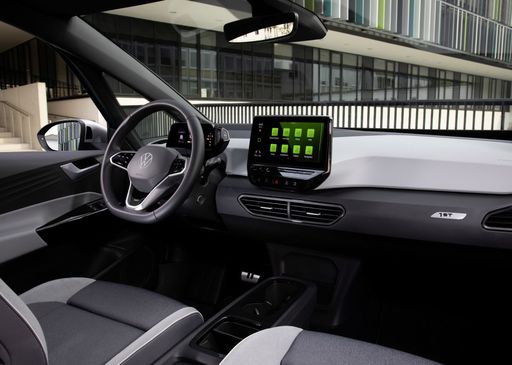MINI Aceman vs. VW ID.3: A Battle of Electric Ingenuity
As the automotive industry shifts toward electrification, two innovative models stand out in the compact electric vehicle market: the MINI Aceman and the Volkswagen ID.3. Both vehicles promise unique features, impressive performance, and eco-friendly credentials, making them prime contenders for those looking to make a sustainable choice without compromising on style or functionality. This article delves into a detailed comparison of these two electric cars, emphasizing technical specifications and innovative features.



